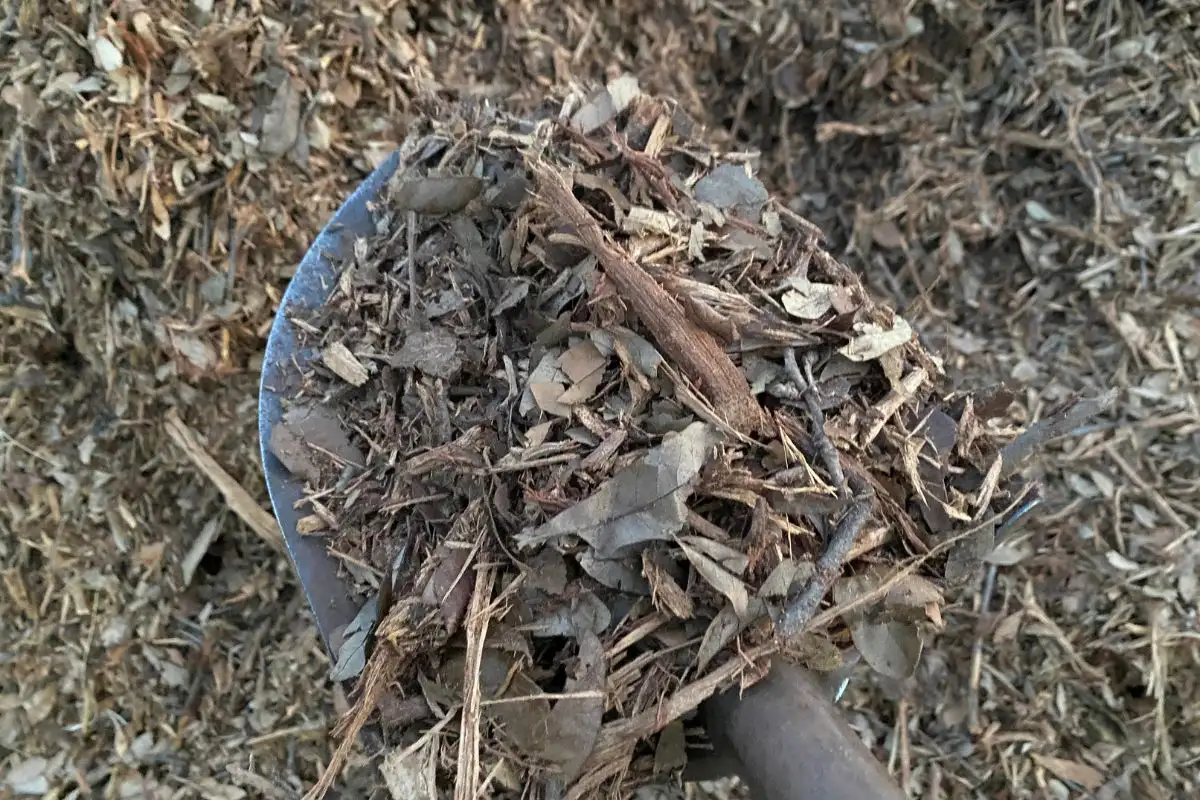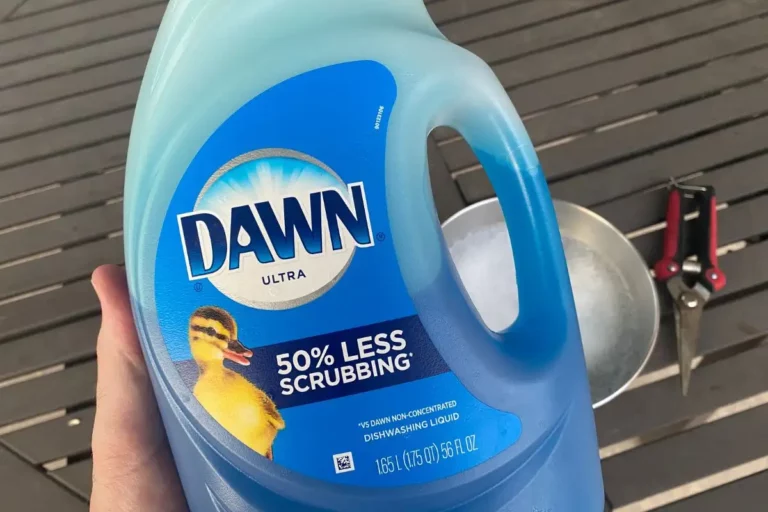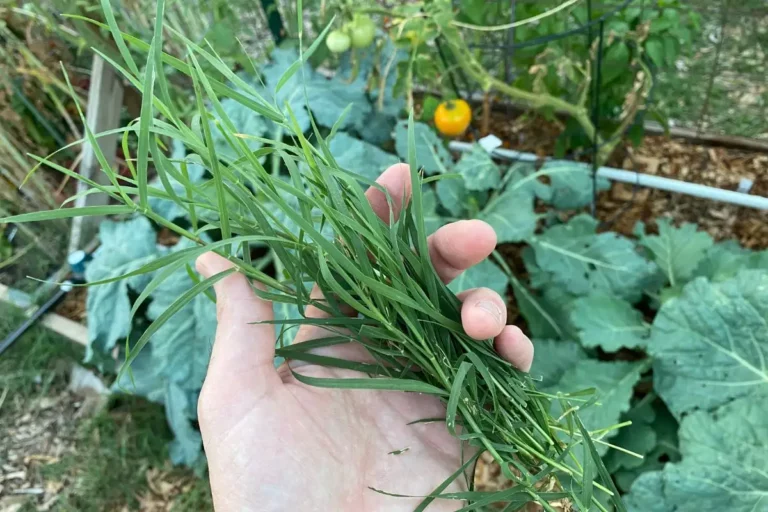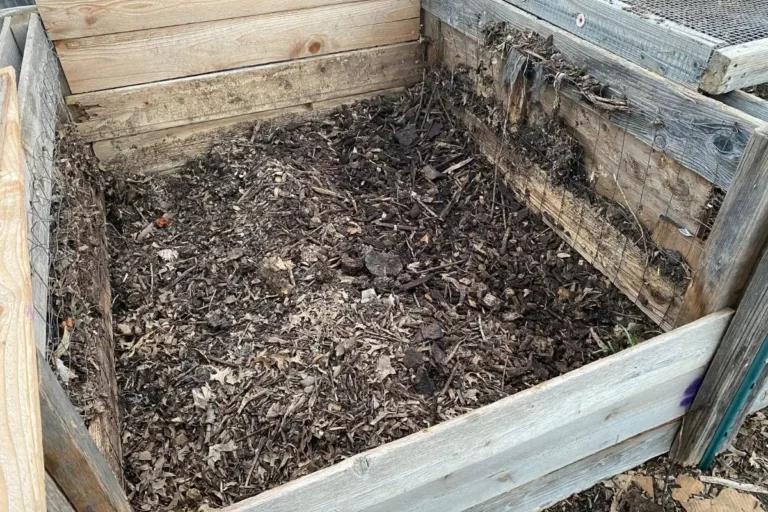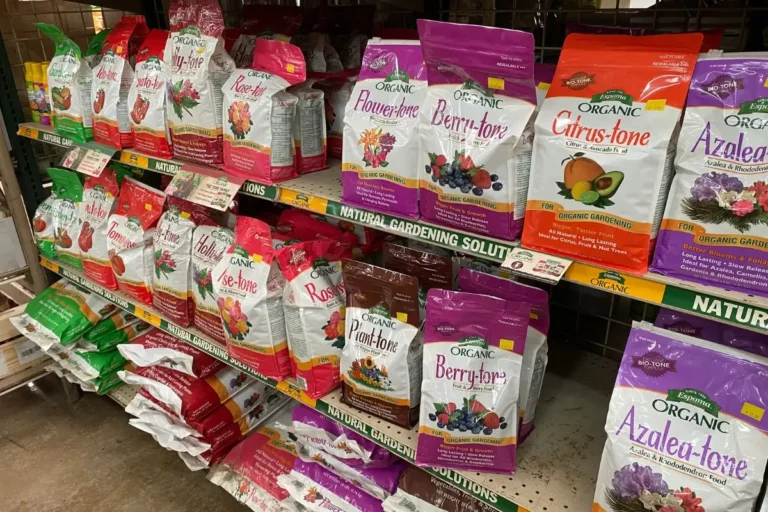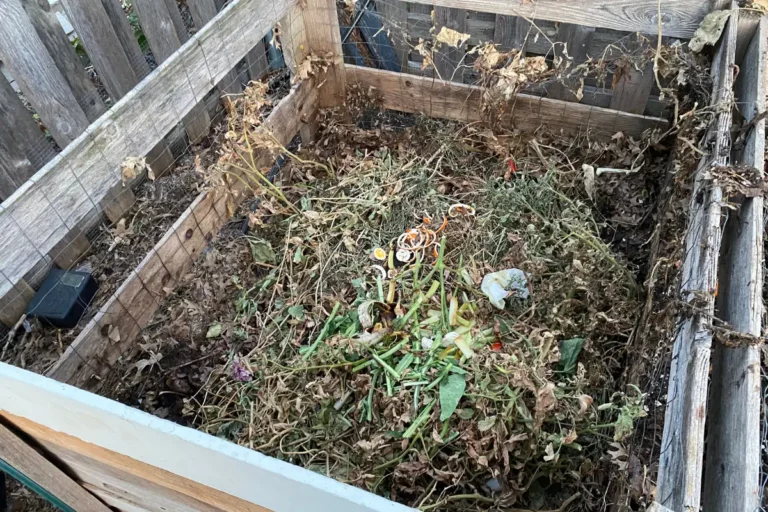Should I Remove Mulch From Garden Beds Before Adding Compost?
Have you ever wondered whether you should remove mulch before adding compost to your garden beds?
For best results, remove mulch from garden beds first, then evenly distribute the compost directly atop the soil before covering everything with a layer of mulch. Doing so will provide maximum nutrients to your garden plants while ensuring ongoing moisture retention.
Both mulch and compost serve important purposes in nourishing and protecting plants. In this article, I’ll explore the benefits and drawbacks of removing mulch versus adding compost directly on top.
By understanding the role of each in your garden, you can informed decisions that suit your plants’ specific needs.
Here are a few key takeaways:
- Mulch and compost serve different purposes in garden beds. You need to understand the purpose of each before you begin mixing or layering them.
- Both mulch and compost have unique benefits and should be used together, as long as you take some time to understand how to properly layer them in your garden beds.
- Mixing mulch and compost can lead to temporary nutrient imbalances if done improperly, especially if you’re sourcing your materials from different suppliers or retailers.
- Compost can be used as a mulch–and sometimes it’s best to simply layer compost atop your soil–but not all mulches can be composted.
Introduction to Mulching and Composting
I want to start by discussing some overall basics related to mulching and composting before getting into the details.
Mulch serves various purposes in garden beds, such as conserving moisture, suppressing weeds, and regulating soil temperature.
Compost, on the other hand, plays a crucial role in improving soil health by providing essential nutrients and enhancing its structure.
It’s important to address common misconceptions about both mulch and compost to ensure a better understanding of their benefits and how they can be used effectively in garden beds.
Understanding Mulch: Purpose and Benefits
One of the key benefits of mulching is its ability to suppress weed growth. By creating a barrier between soil and sunlight, mulch prevents weed seeds from germinating and competing with your plants for nutrients and water.
But weed suppression is just one advantage of using mulch in your garden. Here are some other benefits to consider:
- Moisture retention: Mulch helps to retain moisture in the soil, reducing the need for frequent watering.
- Temperature regulation: Mulch acts as insulation, keeping the soil cooler in hot weather and warmer in cold weather.
- Soil improvement: As mulch breaks down, it adds organic matter to the soil, improving its structure and fertility. You might notice some nitrogen deficiencies early on as wood chips retain nitrogen molecules, but as mulch deteriorates, those nutrients will be released into the soil.
- Erosion prevention: Mulch helps prevent soil erosion by reducing the impact of rainfall and wind.
- Disease prevention: Mulch can act as a physical barrier, preventing soil-borne diseases from splashing onto your plants. This is especially crucial for tomato plants, which are prone to such damage.
The Role of Compost in Soil Health
Adding compost to garden beds enhances fertility and promotes nutrient-rich soil. Compost is a valuable organic matter that improves soil structure and encourages beneficial microbial activity. Compost isn’t technically “soil,” but it’ll get integrated into your native soil over time.
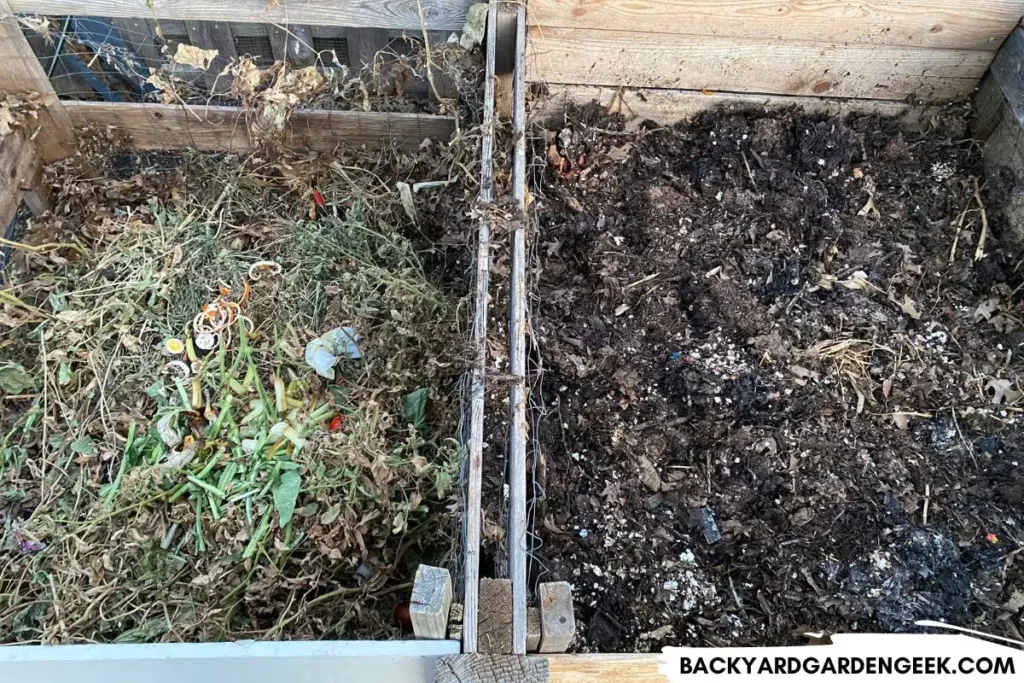
When incorporated into the soil, compost helps retain moisture and increases the soil’s ability to hold nutrients, reducing the need for chemical fertilizers. It also acts as a slow-release fertilizer, providing a steady supply of nutrients to plants over time.
Compost also improves soil aeration, allowing roots to access oxygen more easily, and it even suppresses weeds by creating an additional barrier between the soil and sunlight.
Common Misconceptions About Mulch and Compost
An important misconception about mulch and compost is that they serve the same purpose in garden beds. While both mulch and compost are beneficial for garden soil, they have different roles and benefits.
Here are some common misconceptions about mulch and compost:
- Mulch isn’t the same as compost. Mulch is a layer of organic or inorganic material that’s spread over the soil surface to conserve moisture, suppress weeds, and regulate soil temperature. Compost, on the other hand, is decomposed organic matter that enriches the soil with nutrients and improves its structure.
- Mulch doesn’t provide the same level of nutrients as compost. While mulch can slowly release some nutrients as it breaks down, compost is a rich source of nutrients that can be immediately available to plants.
- Mulch doesn’t replace the need for compost. Both mulch and compost have their own benefits and should be used together to improve soil health and promote plant growth.
- Mulch shouldn’t be mixed with compost. I prefer to apply mulch and compost as separate layers in garden beds. Mixing them together can lead to nutrient imbalances and hinder decomposition processes.
- Compost can be used as a mulch, but not all mulches can be used as compost. Compost can be spread on the soil surface as a mulch layer, providing both the benefits of mulch and the nutrients of compost. However, not all mulches can be turned into compost, as some may contain chemicals or materials that aren’t suitable for decomposition.
By using both mulch and compost appropriately, you can improve soil health, conserve water, suppress weeds, and provide essential nutrients to your plants…all at the same time!
Assessing Your Garden’s Needs
Before adding compost to my garden beds, I pay close attention to my soil and to the particular needs of my plants. I also take into account various seasonal factors since I don’t want to harm any plants that are currently growing in my beds.
Let’s take a closer look at some of these details so you can better understand what I do in my backyard garden.
Analyzing Soil Type and Condition
My native soil consists primarily of hard, glue-like clay, so I’m very careful to create a soil structure in which my plants can thrive.
Here are some things I think about when assessing soil type and condition:
- Texture: You’ll want to determine whether your soil is sandy, loamy, or clay-like, as this affects its ability to retain moisture and nutrients.
- pH level: Test your soil’s acidity or alkalinity to ensure it’s within the optimal range for the plants you want to grow.
- Drainage: Evaluate how well the soil drains excess water, as poor drainage can lead to root rot and other issues. I had to dig up a few beds once because the soil in them wasn’t draining at all. It was a huge headache!
- Organic matter content: Assess the amount of organic matter in the soil. Do you see worms, pill bugs, and other creepy crawly insects? That’s a sign that you’ve got good things going on in your soil!
- Nutrient levels: Like I noted above, you can do a soil test to determine the levels of essential nutrients like nitrogen, phosphorus, and potassium. My father was struggling with his plants one year, so we shipped off a soil sample to our local university extension office. A few weeks later, we got a report that showed huge nitrogen deficiencies, and we were able to tackle that problem as time went on.
Seasonal Considerations
Here’s what I do during different seasons of the year. I can garden all year long in Texas, so you might need to adjust your approach depending on the seasonal conditions where you live.
- During the spring season, I focus on preparing the soil for planting by removing mulch, adding compost, and introducing organic fertilizers (when necessary).
- In the summer, I usually thicken my mulch layer and add once-weekly applications of fish emulsion to ensure my plants get all the nutrients they need to thrive.
- Fall is the time for soil testing. Once every few years, I send off a sample, then amend my soil based on what the test recommends.
- Before any hard winter freezes, I temporarily remove my mulch, add as much compost as possible, then reapply the mulch layer, which helps protect my soil from erosion and allows the compost to further integrate with my native soil. I also cover my compost during winter to prevent nutrient depletion.
Understanding my garden’s needs throughout the seasons allows me to make informed decisions and provide the necessary care so that my plants experience amazing growth during the warmer gardening months.
Removing Mulch vs. Laying Compost
When deciding whether to remove mulch or lay compost on top, you’ll want to consider the pros and cons of each approach.
Overall, I prefer to remove mulch first, then add compost and reapply the mulch layer, but I understand that this is a time-intensive process, so let’s look at what I do in more detail.

Pros and Cons of Removing Mulch
Here are the pros of removing mulch before adding compost:
- Allows direct contact between the compost and soil, promoting nutrient transfer.
- Eliminates the risk of excess moisture and potential rotting caused by layering.
- Provides a clean slate for weed control.
- Helps break up compacted soil, improving drainage and root growth.
- Allows for easier monitoring of soil moisture levels and prevents overwatering.
And here are some cons to doing so:
- Requires time and effort to remove and re-layer the existing mulch.
- May expose the soil to erosion and nutrient loss during the removal process if you let your bare soil remain exposed to the elements.
- Can disrupt the existing soil ecosystem and beneficial organisms, especially if you’re digging into the soil with shovels or rakes.
- May lead to increased weed growth until the compost settles and the mulch is reapplied.
- Requires regular maintenance to prevent too much mulch buildup.
Considering these factors, removing mulch before adding compost can be beneficial for overall garden health if done properly, so I recommend spending the extra time to do so. Your plants will thank you for it!
Step-by-Step Guide to Applying Compost
Now that I’ve explained my preferences, I’ll give you a quick guide so that you can do what I do.
I’ll discuss when and why to remove mulch, techniques for adding compost effectively, and tips for ensuring even distribution.
When and Why to Remove Mulch
Before adding compost, you’ll want to remove all the mulch from your garden beds to ensure optimal nutrient absorption. Mulch, while beneficial for moisture retention and weed suppression, can also inhibit the penetration of compost into the soil, so get it out of the way first, then reapply it later.
Here are five reasons why removing mulch before adding compost is necessary:
- Enhanced nutrient distribution: Removing mulch allows the compost to directly contact the soil, ensuring nutrients are distributed evenly throughout the garden bed.
- Improved soil structure: By removing mulch, the compost can penetrate the soil, promoting better soil structure and aeration.
- Increased microbial activity: Mulch can create a barrier that hinders microbial activity. Removing it allows the compost to foster beneficial microbial growth in the soil.
- Prevents nitrogen tie-up: Mulch can sometimes temporarily tie up nitrogen in the soil, making it less available to plants. Removing the mulch ensures that the nitrogen in the compost is readily accessible.
- Reduces competition for water and nutrients: Mulch can compete with plants for water and nutrients. Removing it allows the compost to provide a nutrient-rich environment without competition.
Techniques for Adding Compost Effectively
To effectively add compost to garden beds, I recommend following these step-by-step techniques.
First, prepare the bed by removing any weeds or debris. This will ensure a clean surface for the compost to be applied.

Second, spread a layer of compost evenly over the bed, aiming for a thickness of about 1-2 inches. If you live in a hot region (like I do), you might want to spread 2-4 inches of compost atop your soil since you’ll need all the moisture-retaining help you can get!
Third, use a garden fork or rake to gently smooth the compost over the soil. This will help distribute the compost evenly.
Fourth, water the bed thoroughly to help the compost settle and integrate with the soil. Remember to monitor the moisture levels and provide additional water as needed.
Tips for Ensuring Even Distribution
When applying compost to garden beds, achieving an even distribution is crucial for optimal plant growth and vitality. Here are some tips to ensure that your compost is evenly spread throughout the bed:
- Start by preparing the soil. Remove any weeds or debris, loosen the soil, and water it lightly before applying the compost. Do not compost weeds. It’s not worth the risk!
- Use a garden fork or rake to spread the compost evenly across the bed. Make sure to cover the entire surface area.
- Avoid piling up the compost in one area. Spread it out evenly to prevent nutrient imbalances and ensure that all plants receive equal amounts of organic matter. I don’t mind a bit of piling in the beds around my house, but I certainly don’t want mulch piles to form in and among my garden plants!
- Water the bed thoroughly after applying the compost to help settle it in and activate its nutrients.
Over time, your garden beds will likely sink a tiny bit as your mulch and compost settle. This is no big deal whatsoever. Simply add a little more mulch, and you’re good to go!
Common Mistakes to Avoid When Adding Compost to Mulch
Here are a few lessons I learned in my early days of gardening:
Don’t mix compost and mulch. I did that once, and I ended up with patches of soil where plants grew well and other areas where things seemed a bit stunted. Layer your compost evenly, then cover it with a relatively even layer of mulch so that your compost’s nutrients get distributed all over your gardening surfaces.

Another mistake to avoid is adding too much compost. While compost is beneficial for enriching the soil, excessive amounts can lead to nutrient imbalances and water retention issues. I recommend not overdoing it. I add no more than 2-3 inches per spring and fall season to ensure I don’t add too much at once.
Timing is also crucial when adding compost to mulch. One year, I made the mistake of adding compost in the middle of the growing season. I much prefer to add compost during the early winter so that there’s ample time for the nutrients to be absorbed and utilized when spring planting season comes around.
If you decide to add small amounts of compost during the growing season, that’s perfectly fine. Just make sure you avoid piling compost directly against the base of your plants. You can unintentionally stunt your plants’ growth by doing so.
Additional Information
I hope this article has helped you out in some small way. If you’d like to read more about compost, I recommend these articles:
- 50 Plants You Should Never Compost (and Those You Should)
- Can You Compost Directly in the Soil? (Do It the RIGHT Way)
- Composting Pizza Boxes: A Simple, Step-by-Step Guide
- Filling Raised Beds with Just Compost: Should You Do It?
- Is Dawn Dish Soap Safe to Compost?
- Is Your Leftover Pizza Compost-Friendly?
- Making Compost Fast: 50+ Items That Decompose Fastest
- Should I Put Cardboard at the Bottom of My Compost Bin?
- What Goes at the Bottom of a Compost Pile?
